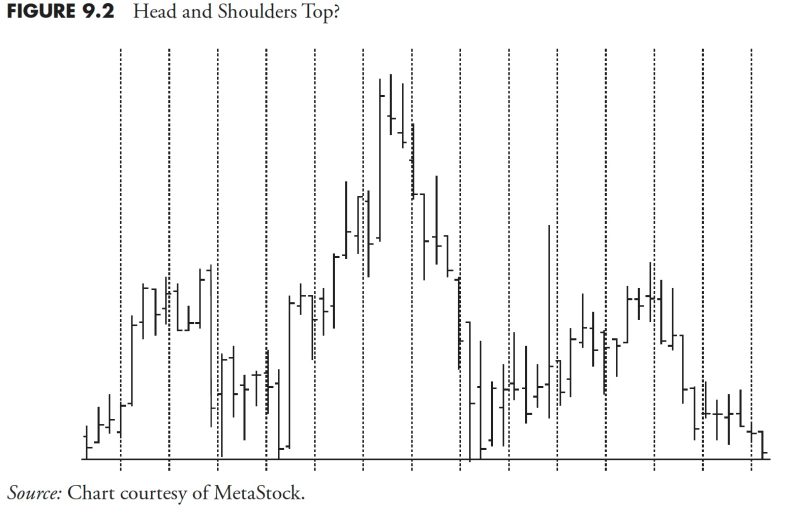
Unleashing the Power of Technical Indicators: Mastering Market Research and Analysis- Part 2!
Understanding the intricacies of market trends and patterns is pivotal to staying ahead in the competitive cycle of the business world. Consequently, market research and analysis are critical to understanding consumer behaviour, market trends and other competitors. One of the salient tools used in market research and analysis is Technical Indicators. They are key to understanding and anticipating market direction, making it easier to formulate effective business plans.
At the core of technical analysis, technical indicators are mathematical calculations based on a trading instrument’s past and current values – such as price or trading volume. They’re typically displayed graphically on price charts, providing insights into potential future market performance.
Markets are largely driven by human behaviour, exhibited through reoccurring patterns of trading. Technical indicators are so indispensable because they quantify these behavioural patterns, making it possible for market analysts to predict what might happen next in the market charts. Now, let’s delve into some of the most popular and potent technical indicators utilized in market research and analysis.
1. Moving Averages: This is commonly used by market researchers and analysts. It calculates the average price over a given number of periods. It’s especially used to determine prevailing market trends and potential reversals. Two types of moving averages are commonly employed – Simple Moving Average (SMA) and Exponential Moving Average (EMA). SMA gives equal weight to all prices within the period whereas EMA gives more weight to recent prices.
2. Relative Strength Index (RSI): This measures the speed and change of price movements in a market. It operates within a range of 0 to 100 and is usually used to identify whether a market is oversold or overbought. If the RSI is under 30; the security might be oversold and if it is above 70 it might be overbought.
3. MACD (Moving Average Convergence Divergence): This compares the relationship between two moving averages of a stock price. It consists of the MACD line, signal line and histogram. The MACD line is the difference between two exponential moving averages, the signal line is an exponential moving average of the MACD line and the histogram shows the difference between the MACD line and the signal line. Traders use this indicator to identify potential buy and sell signals.
4. Bollinger Bands: Developed by John Bollinger, this useful tool comprises of a simple moving average (middle band) and an upper and lower band. The bands expand and contract based on market volatility. Analysts can identify whether prices are high or low on a relative basis using Bollinger Bands.
5. Fibonacci Retracement: This is an indicator that traders use to identify potential support and resistance levels. It’s based on the idea that markets will retrace a predictable portion of a move after which they will continue to move in the original direction.
These are just a handful of the multitude of technical indicators available to business and market analysts. Using these tools alongside fundamental analysis can guide more informed decision making. While they cannot offer a foolproof method of predicting future market movements, they do provide a calculated approach to navigating the seemingly chaotic world of investing and trading.
